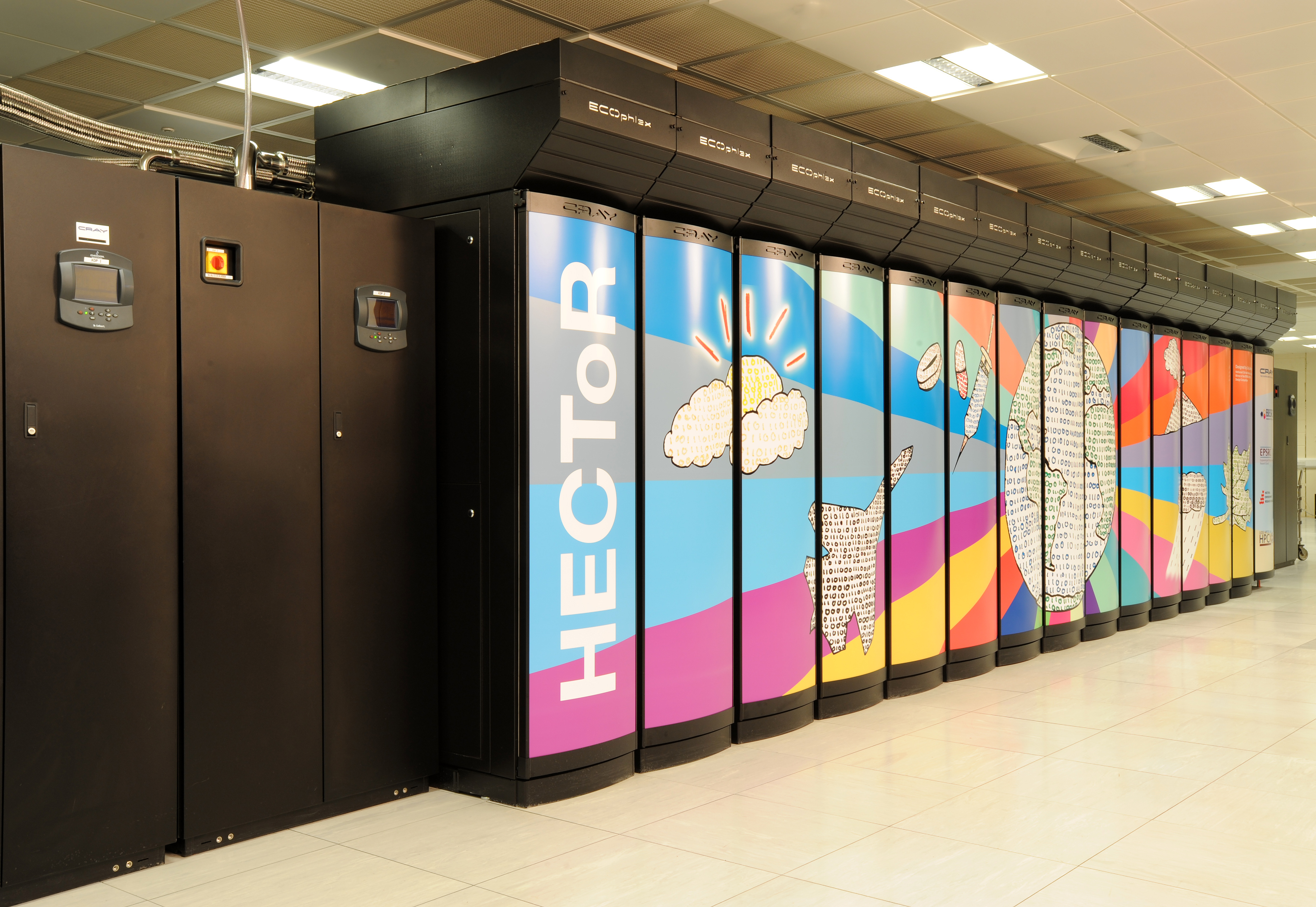PRMAT
This Distributed Computational Science and Engineering (dCSE) project describes how many of the computational challenges in Electron collisions models using parallel programs based on the ‘R-matrix’ ab initio approach have been addressed. The work achieved this in two ways: i) by substantially improving the parallel performance of the PFARM 'external region' code on HECToR ii) by developing a new Airy Logarithmic Derivative propagator code, FARM2, that is much more memory efficient while maintaining accuracy and performance, and which is (deliberately) much more speculative and 'futuristic' in its experimentation with Fortran 2003 and MPI-2 features. Electron collisions with atoms were among the earliest problems studied using quantum mechanics. However, the accurate computation of much of the data required in astrophysics and plasma physics simulations requires large computational resources. Even on the latest generation of high-performance computer architectures, such as the Cray XT series these calculations still present huge computational challenges and future calculations require substantial increases in both the numbers of channels and scattering energies involved in the R-matrix propagations.- The project has two main aims: optimization and enhanced paralellization of the ‘R-matrix’ parallel code PFARM, plus development and incorporation of a new code using an Airy log-derivative (ALD) propagator. The ALD code implies a significant improvement in memory efficiency and, once fully incorporated, performance improvement. The standalone new code deliberately investigates and experiments with the use of new features of Fortran 2003 as an exercise in long-term maintainability.
- The external region Hamiltonian matrix parallel diagonalization calculation EXDIG is now nearly four times as fast on 8192 and 16384 cores.
- Improved load balancing and further parallelization for the R-matrix generation code EXAS in the fine and coarse regions gives around a 50% reduction in run time for 1024 cores.
- For the entire PRMAT simulation an overall performance speedup of 2.89 is now achieved when using 16384 cores.
- Construction and detailed verification and validation of the FARM2 ALD code
Please see PDF or HTML for a report which summarises this project.
